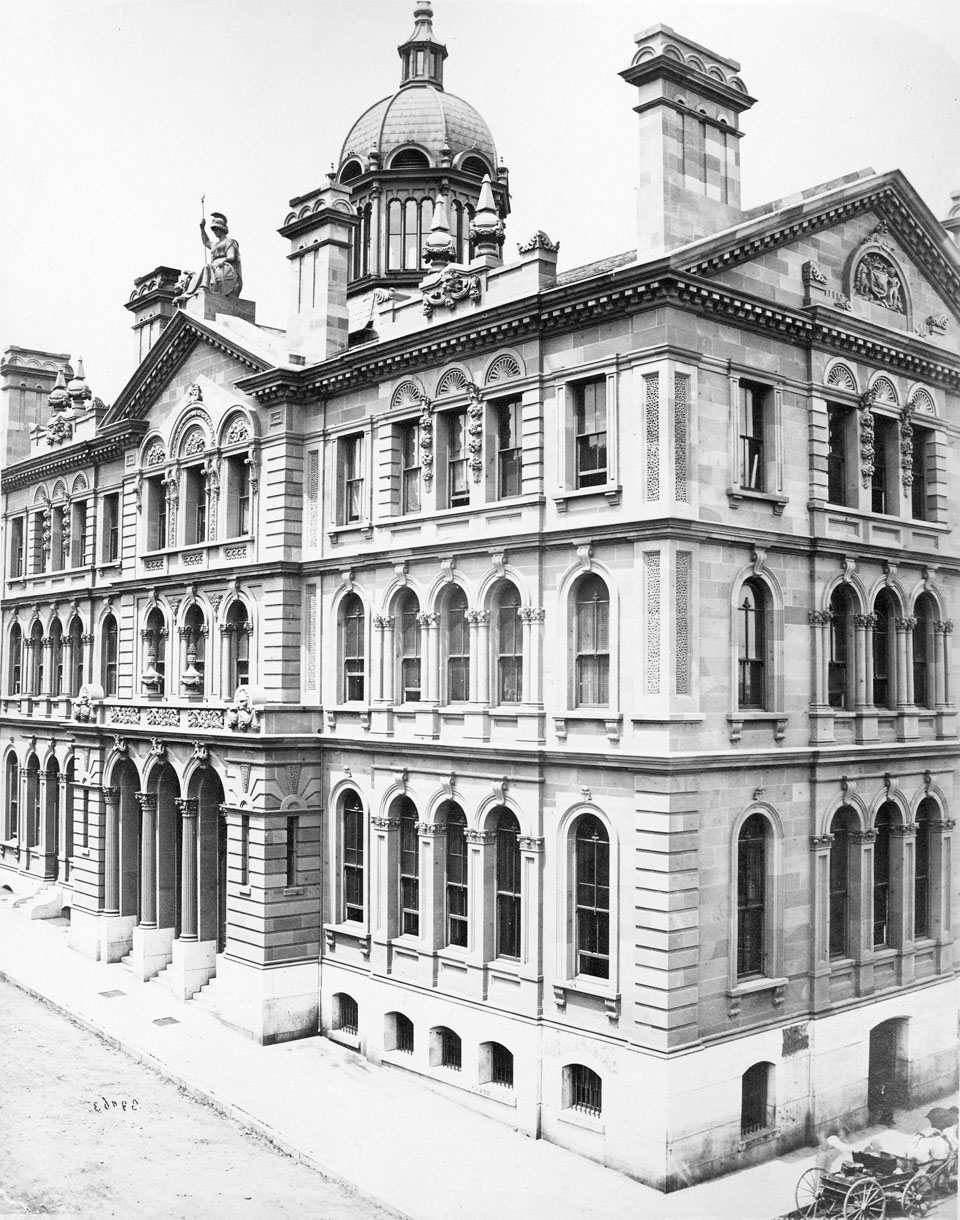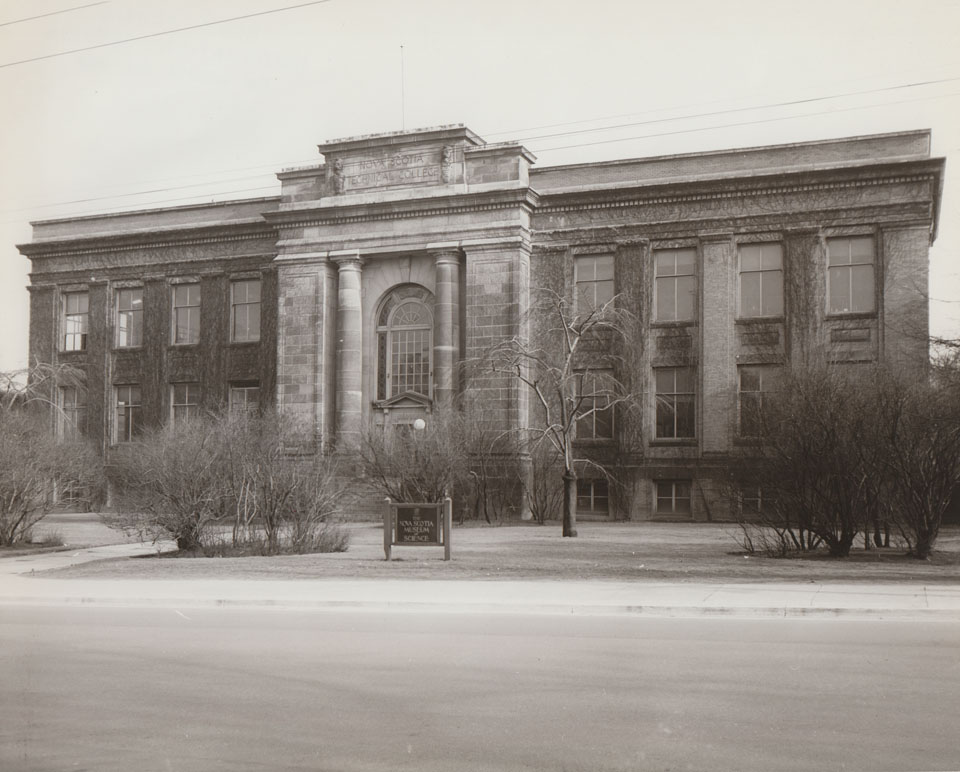Nova Scotia Archives
Harry Piers: Museum Maker
Nova Scotia Museum Timeline
1830s
The roots of the Nova Scotia Museum can be traced back to the Halifax Mechanics' Institute, founded in 1831. Part of a larger international movement dedicated to promoting educational opportunities for working-class and middle-class men, the Institute provided meeting rooms, reading material and lectures that focussed on vocational and scientific training for tradesmen and workers. Participation declined by mid-century, and the Institute disbanded in 1860.
1860s
During its 30-year history, the Mechanics' Institute made several failed attempts to persuade the Nova Scotia government to develop a science museum, and even built up a small collection of scientific specimens. When the Institute folded in 1860, its collection was put into storage at Dalhousie College.
1868

The NSM opened as the 'Provincial Museum of Nova Scotia' in October 1868 with Rev. David Honeyman serving as the first Curator. The collection of the former Mechanics' Institute was formally transferred to the province that fall. These specimens, along with many from displays prepared for international exhibitions in London, Dublin and Paris, formed the nucleus of a single-room display in the Old Post Office on Hollis Street, the building which now houses the Art Gallery of Nova Scotia.
1870s

Exhibits in the new Provincial Museum highlighted Nova Scotia's natural resources and industrial potential, demonstrating the new province's position as a strong candidate for financial investment, and providing public education in science. The new museum met the needs of the government of the day and the recently formed Nova Scotian Institute of Science.
1890s
After Honeyman's death in 1889, his daughter, Isabella Goudge, served as Curator followed by Emma Power in 1896. Three years later, Harry Piers, Honeyman's former assistant, replaced Power as curator. He was eventually assigned responsibility for the Provincial Science Library and the Public Records of Nova Scotia (now the Nova Scotia Archives).
One of Piers' first duties was to relocate the Museum to the Burns and Murray Building, across the street to the other corner of what was then Hollis and Cheapside (see Hopkins' 1878 City Atlas of Halifax, N.S., Plate A). Both buildings now house the Art Gallery of Nova Scotia, and Cheapside forms a courtyard between the two.
1900s

Piers built on the earlier collection, filling gaps with additions that were tracked in Annual Reports and a series of Accession Ledgers spanning from 1900 to 1938. In his Report on Provincial Museum of Nova Scotia and Science Library for 1900 (12 February 1901, p. 5), Piers noted that, "Every possible endeavor is now being made to make the museum of practical importance as a permanent exhibition of every natural product of the province of Nova Scotia, from an industrial or economic as well as from a scientific standpoint."
1910s

In 1910, the Museum was moved again, this time to the new Technical College, which is now part of the Architecture Department at the Sexton Campus, Dalhousie University.
1940
Piers continued collecting, focussing more on the cultural side of the collection in his later years, and always noting new additions in his ledgers. He died on 24 January 1940, after which his ledger recording was continued by his successor, Don Crowdis.